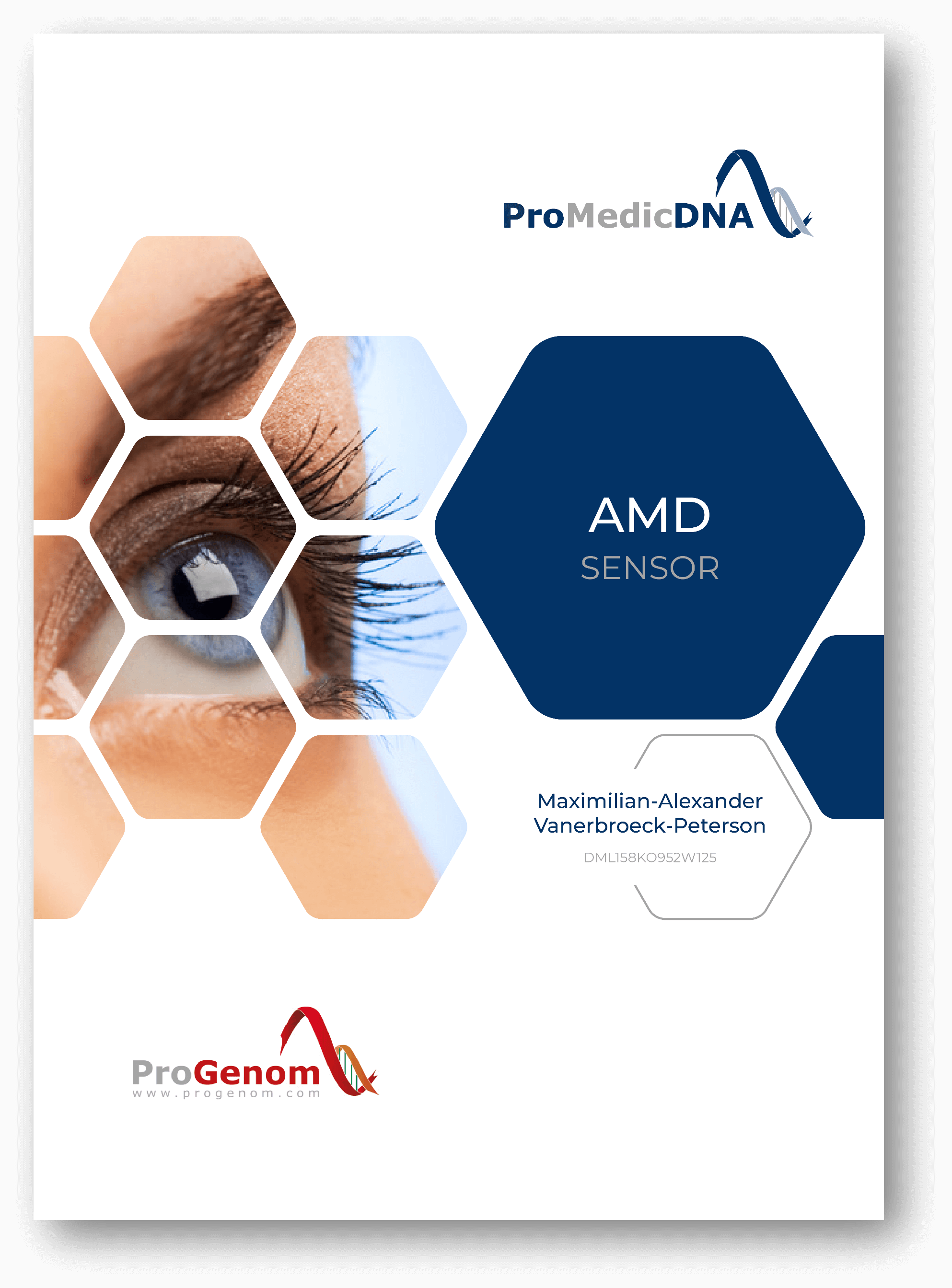Alzheimer’s Dementia: A Typical Age-Related Disease
Alzheimer’s disease, or Alzheimer’s dementia, is responsible for about 60 percent of the world’s approximately 47 million dementia cases. The most common form occurs in individuals over the age of 65. About 1% of 65-year-olds are affected, 3% of 70-year-olds, 8% of 75-year-olds, and by the age of 85, approximately 25% show symptoms of the disease.
In Alzheimer’s disease, nerve cells in specific areas of the brain gradually die, causing the affected individuals to progressively lose their cognitive abilities.
The first signs of symptoms appear up to eight years before Alzheimer’s can be definitively diagnosed. These early signs include mild impairments in short-term memory and language comprehension, as well as depression and apathy. Alzheimer’s is often detected through a noticeable decline in learning ability or memory function, while long-term memory remains unaffected. In advanced stages, patients forget familiar skills and even fail to recognize close people and everyday objects. Outbursts of anger and violence can occur, making everyday support increasingly important.
Genetic Predisposition for Alzheimer’s
The exact causes of Alzheimer’s disease remain unclear. However, research shows that certain gene mutations significantly increase the risk of developing Alzheimer’s. These mutations cause deposits of insoluble beta-amyloid proteins in specific brain areas, leading to the formation of plaques that disrupt the supply of energy and oxygen to the nerve cells. Additionally, large amounts of harmful free radicals and abnormal tau fibrils are produced, which interfere with the stabilization and transport processes in brain cells. All of this leads to the gradual death of nerve cells, the deepening of brain surface grooves, the enlargement of brain chambers, and, ultimately, brain shrinkage by up to 20%.
While Alzheimer’s disease is not curable according to current scientific knowledge, there are still many preventive options, especially for genetically predisposed individuals. Memory training, lifestyle changes, a tailored diet, and the management of certain diseases can play a significant role in prevention.
Additionally, a genetic test for the relevant genes can provide insights into how likely it is to develop Alzheimer’s. From these findings, early preventive measures can be derived to potentially delay the onset of the disease by many years or even prevent it altogether.
How does our Alzheimer Sensor work?
With our Alzheimer Sensor, our laboratory examines the submitted sample for the two gene variants proven in studies to influence individual Alzheimer’s risk.
The results indicate the likelihood of developing Alzheimer’s and to what extent the diet, particularly regarding antioxidant intake, should be adjusted.
We summarize the analysis results in a clear report that includes concrete recommendations for effective prevention.
Within this framework, our Alzheimer Sensor can detect existing risks early and help adjust personal lifestyle accordingly.
Alzheimer Sensor Overview
- Analysis of the two gene variants associated with Alzheimer’s
- Compatibility testing of 75 common medications
- Reliable & ISO-certified test execution in our laboratory
- Evaluation of the test results in a report
- Individual recommendations to delay or prevent Alzheimer’s



























